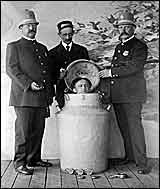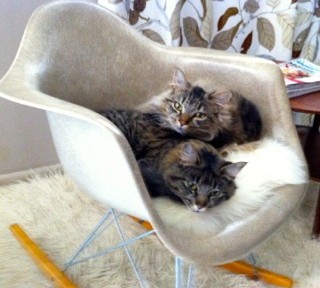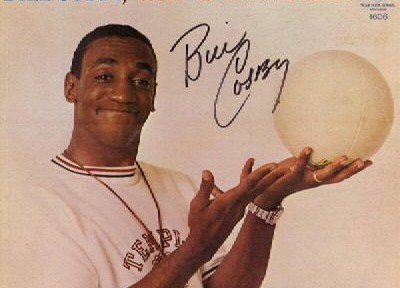
This week, I’d like to turn the blogosphere over to Dr. Daniel Goleman, who offers valuable insights into “reading” another’s non-verbal communication. Ignore the unspoken signals others are sending you at your peril!
What’s in a wince? Reading non-verbal cues.
She squinted when I suggested her draft of the contract wasn’t what we initially discussed. My jaw tightened when he asked for an extension on his report, yet I said “No problem.” Examining – and being aware of your own – micro-expressions during negotiations can be a helpful tool in ensuring discussions go smoothly, and that both parties achieve mutual gainsin the end.
I recently had the opportunity to speak with IMD professor and Leadership: A Master Classparticipant George Kohlrieser about a variety of ways to master the art of negotiation. This first installment provides an overview of ways to read and manage nonverbal signals.
“A great negotiator always looks for nonverbal signals. Now, you can’t become too analytical or you’ll get paralyzed. But pay attention to the tone of voice and facial expressions, if you can see them. If you’re in a situation where you can shake their hand, that physical interaction is worth noticing, too. You should also pay attention to your gut reactions when you notice an expression that you don’t trust. Use that instinct to gauge how they might be using the nonverbal language of lying.
To learn more about evaluating micro-expressions, I suggest reading up on Paul Eckman’s work. His research in understanding the meaning behind nonverbal cues is genius. It’s a benchmark work that says that there are so many micro-expressions of how emotion gets expressed visually, and in the voice, and the impact they have. His work can also be used to help train yourself to be aware of your own micro-expression, which a negotiator has to do.
For instance, I may feel very upset, angry, or disappointed if I thought we were going to reach a conclusion, and suddenly it starts to fall apart. I have to watch that I don’t communicate anger. I have to watch that I don’t communicate the wrong message because the communication is nonverbal. Research shows about 85% of the impact comes from voice, facial expression, the nonverbal signals that the other person picks up. Paul’s work is seminal in being able to teach us that signals are always there. Be aware of them.
Of course, the cues can also be positive. I can be non-trusting but certainly I see expression in the eye, or in the hand, that shows me something different, and it can be where they are reaching out or pulling back. They’re trying to suppress or trying to open up. All of those ideas in expression become important.
Reading expressions is also very important with concession. You’ve reached a point of arguing and suddenly you ask a powerful question, and they respond to your question, which requires you make concession. You have to be able to say, “Thank you, I appreciate that question.” I like that you reflected. You’re listening to what I’m saying. Then use those non-verbal expressions to see when concession has really been made.
Regarding the law of reciprocity, animal trainers have a great deal to teach negotiators. Their survival depends on watching an animal’s nonverbal signals. They have to be able to get into that dance of bonding and being aggressive when you get a signal to stop, and pushing forward can get you killed. When you pick up the signal, the animal stops, then you step back, then you go forward again. It’s a dance of attachment that wild animal trainers who survive do very well, and it’s what’s behind the people’s skills in dealing with animals.
Let’s be honest, in some difficult negotiations, people can sometimes act like wild animals. It’s best to learn ways to tame their emotions – and mange your own responses to them – to survive.”
______________________________________________________________________
Emotional Intelligence author, Daniel Goleman lectures frequently to business audiences, professional groups and on college campuses. A psychologist who for many years reported on the brain and behavioral sciences for The New York Times, Dr. Goleman previously was a visiting faculty member at Harvard.
Dr. Goleman’s most recent books are The Brain and Emotional Intelligence: New Insights andLeadership: The Power of Emotional Intelligence – Selected Writings. (More Than Sound). Goleman’s latest project, Leadership: A Master Class, is his first-ever comprehensive video series that examines the best practices of top-performing executives.







